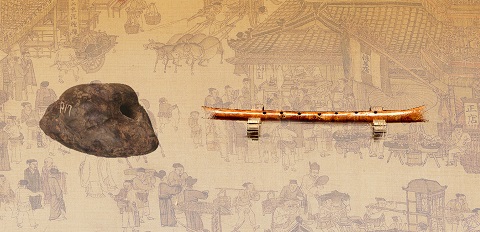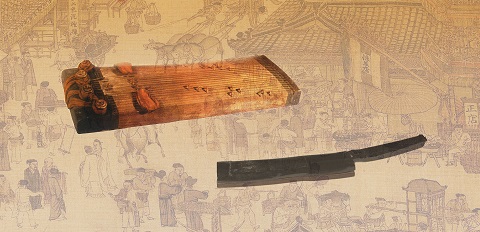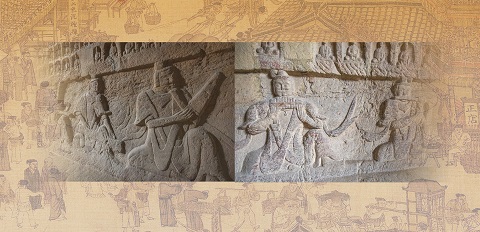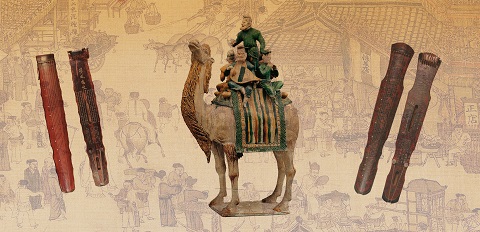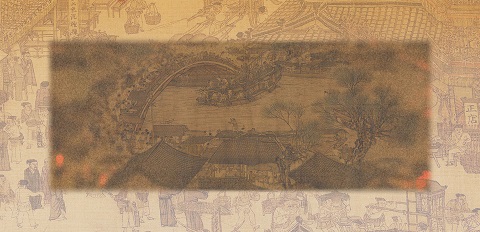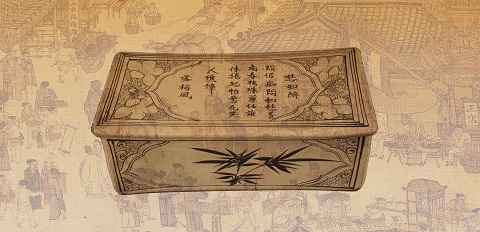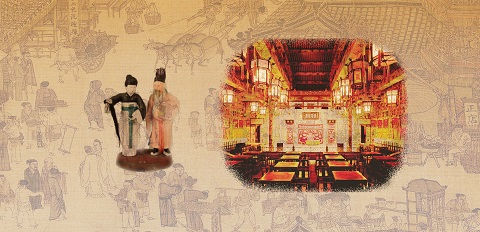Dating back from 7,800 to 9,000 years ago, the Jiahu ruins site in Central China’s Henan province is a Neolithic settlement site that boasts the most abundant relics from the same period. Thirty--odd flutes made of crane’s ulna bones were unearthed there from 1984 to 1987 and in 2001, most of which have seven holes.
Instrumental music and musical dance in ancient China flourished during the Eastern Zhou Dynasty (770-256 BC), when a style was formed based on drum and chime music with plucked string accompaniment.
The Han Dynasty (206 BC-AD 220) marked the heyday of the development of the manufacturing of the guqin zither, a Chinese plucked instrument, and its music.
The period between the second and fifth centuries witnessed drastic changes in feudal society. During this time of turmoil, a large number of people from northern China migrated southward to the central part of China, which enabled the music of the various ethnic groups to exchange and integrate extensively.
The music of the Tang Dynasty (618-907) formed a brand-new style by integrating court music from former dynasties and folk music from the central part of China, the western regions and ethnic groups dwelling in peripheral areas. It reached a new peak of music culture in Chinese history.
With a thriving urban economy, the Song Dynasty (960-1279) embraced a variety of musical cultures that met the entertainment needs of different social classes. Many of the people’s songs continuously developed the art of storytelling and singing with a wealth of styles and skills.
Yuanqu, or Yuan Dynasty poetry, evolved from popular folk songs. It spread extensively in the northern and southern regions of China, mainly from two cities -- Dadu (now Beijing) and Lin'an (now Hangzhou) in the 13th century.
Traditional Chinese operas in the Ming and Qing dynasties (1368-1911) embraced unprecedented prosperity. During the three hundred years from the 15th to the 18th centuries, the Chuanqi Opera developed rapidly with its increasingly comprehensive performance system, promoting the formation of many singing styles and opera genres.
